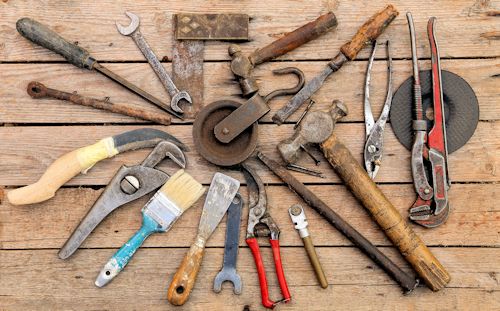Selecting the Right Tool for the Job
Before you select a tool, think about the job you will be doing. Tools are designed for specific purposes. Make sure you select a tool that fits the job you are doing.
Using a tool for something other than its intended purpose is most often the cause of both tool damage and personal injury. You can reduce your chances of being injured when you select a tool that fits the job you will be doing. Examples include the following:
- job requiring cutting, pinching and gripping will require hand tools like pliers, snips and cutters
- job requiring you to strike something will require some kind of hammer
Check out this short audio clip by Dan Clark of theSafetyBrief.com. Hand safety means more than wearing PPE. Even jobs that don't require gloves can be dangerous for hands. Repetitive motion can affect tendons and joints. Ergonomics can help with the design and arrangement of tools to maximize hand safety.
Tips for Selecting Hand Tools
Over time, exposure to awkward postures or harmful contact pressures can contribute to an injury. You can reduce your risk of injury if you select hand tools that fit your hand and the job you are doing. In the next tab, we'll discuss some tips from the Centers for Disease Control and Prevention, National Institute for Occupational Safety and Health (NIOSH).
Knowledge Check Choose the best answer for the question.
1-5. What is often the cause of tool damage and personal injury?
You forgot to answer the question!

